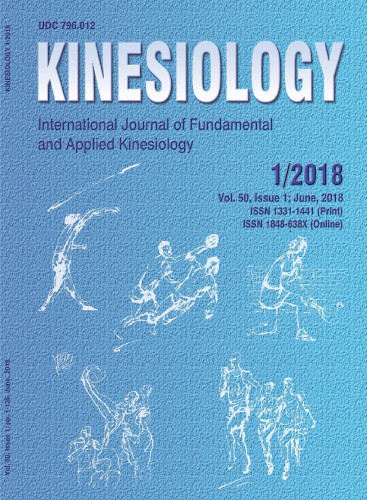Exercise intensity is traditionally prescribed using %HRmax, %HRR, %VO2max, or %VO2R. Recently, the Talk Test (TT) has been proposed as an alternative method to guide exercise intensity. However, it is unknown if prescribing exercise intensity solely using the TT can provoke training responses that are comparable to traditional guidelines. This study compared the responses to training using either the TT or %HRR. Forty-four subjects (17 males and 27 females: age=20.4±3.02 years; body height=170.5±9.79 cm; body weight=71.9±13.63 kg) completed an incremental maximal cycle ergometer test, were stratified by VO2max and gender, and randomly assigned to training groups guided by either %HRR (n=20) or the TT (n=24). Both groups completed 40-minute training sessions three days per week for 10 weeks. In the HRR group, exercise intensity was targeted (per ACSM guidelines) at 40-59% HRR for weeks 1-4, 50-59% HRR for weeks 5-8, and 60-79% HRR for weeks 9-10. In the TT group, exercise intensity was targeted at the highest power output (PO) that still allowed for comfortable speech. Changes in VO2max, peak power output (PPO), VO2 at ventilatory threshold (VT), and PO at VT were compared between the groups using two-way ANOVA with repeated measures. There were significant (p<.05) pre vs. post increases in VO2max (TT=10.6%; HRR=11.5%), PPO (TT=19%; HR=14%), VO2 at VT (T=32.7%; HRR=56.9%), and PO at VT (TT=43.1%; HRR=38.6%) in both groups, with no significant (p>0.05) interaction effect. Guiding exercise prescription using the TT is a simple and effective method for prescribing exercise intensity and elicits improvements in exercise performance that are comparable to the traditional %HRR guidelines.
Sažetak

 Kinesiology : 50,1(2018) / editor-in-chief Dragan Milanović.
Kinesiology : 50,1(2018) / editor-in-chief Dragan Milanović.